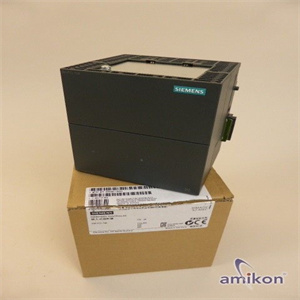
5.3 subroutine call instruction 4.5.4 interrupt instruction 4.5.5 pause instruction 4.5.6 end instruction 4.5.7 sequence control relay instruction (SCR) 4.5.8 application summary of program control instructions Chapter 5 writing method of logic control programming 5.1 sequence function diagram 5.1.1 drawing method of sequence function diagram 5.1.2 principle of ladder programming 5.2 logic control example 38: delay on / delay off control example 39: multiple timer combination to realize long delay control example 40: timer and counter combination to realize long delay control example 41: counter series combination to realize clock control 3.2.3 pulse trigger control Example 42: using differential operation instruction to realize pulse triggering example 43: using timer to realize periodic pulse triggering control example 44: using timer to realize pulse triggering control with controllable pulse width 3.2.4 frequency division control example 45: two frequency division control 3.2.5 alarm control example 46: single fault alarm control example 47: multi fault alarm control 3.2.6 count control example 48: scanning count control example 49:6 digit count control example 3 Through the input interface circuit, the external switch signal is converted into a digital signal that can be accepted by the PLC. (2) The working process of the relay output interface circuit of the output interface PLC: when the internal circuit outputs digital signal 1, there is current flowing, and the relay coil has current, and then the normally open contact is closed to provide the current and voltage of load conduction. When the internal circuit outputs a digital signal of 0, no current flows, and there is no current in the relay coil, and then the normally open contact opens to disconnect the current or voltage of the load. That is, the internal digital circuit is transformed into a signal through the output interface circuit to make the load act or not act. (3) There are also special structures for inputting / outputting analog current signals and high-speed pulse signals, such as a / D / a conversion module, high-speed counting module, etc. 4. Programmer there are two kinds of programmers. One is hand-held programmer, which is convenient. What our laboratory uses is hand-held programming. There are many definitions of PLC. The International Electrotechnical Commission (IEC) defines PLC as an electronic system with digital operation, which is designed for application in industrial environment. It adopts programmable memory, which is used to store and execute the instructions of logic operation, sequence control, timing, counting and arithmetic operation, and control various types of machinery or production processes through digital and analog input and output. The programmable controller and its related equipment shall be designed according to the principle that it is easy to form a whole with the industrial control system and expand its functions. From the 1980s to the mid-1990s, PLC developed rapidly, with an annual growth rate of 30-40%. During this period, the ability of PLC in processing analog quantity, digital operation, man-machine interface and network has been greatly improved, and PLC has gradually entered the field of process control, in some applications

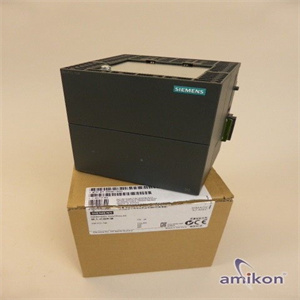
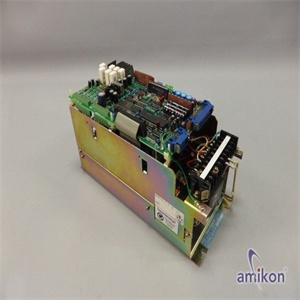
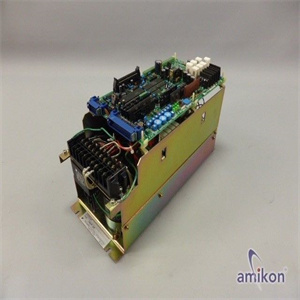

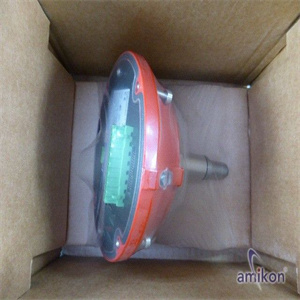

 客服1
客服1